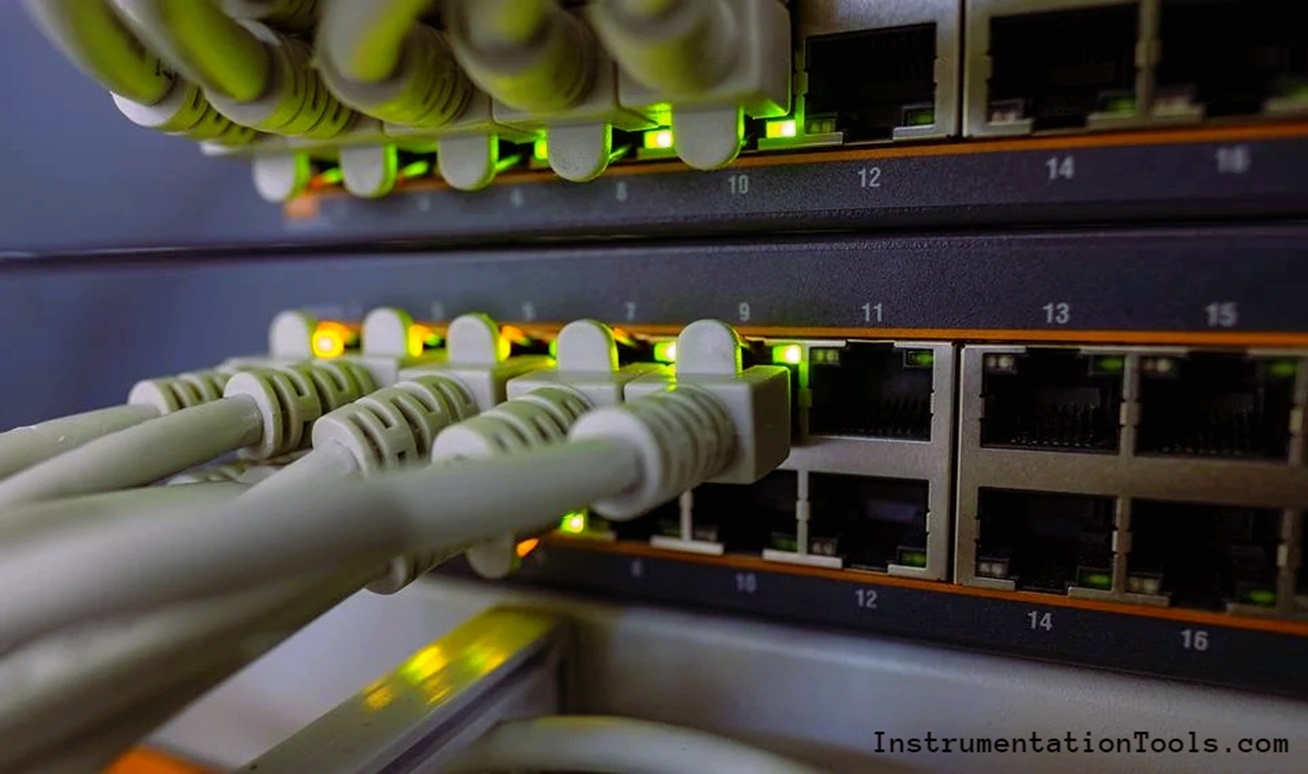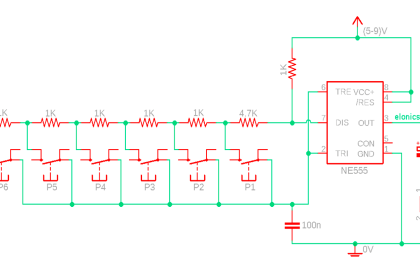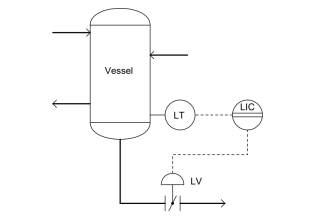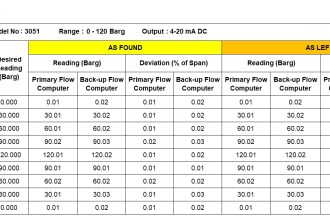If you are lost between the various IP addresses, you should beware of the differences. This article will explain to you how the two latest and most common IP addresses differ.

The main difference between IPv4 and IPv6 explained
If you are an avid Internet user, you must know what an IP address is. This is an Internet Protocol that works as your home address. If you are using a laptop or phone, you already have an IP address that identifies all your activity on the Internet.
It’s a simple explanation of the IP address phenomenon. But there are too many various IPs, so it’s easy to get lost with the numbers and types.
In this article, you will be guided through the difference between IPv4 and IPv6. There are a couple of things to know, especially for beginner users. Let’s find out which IP address is better for your case.
What’s IPv4: simple meaning and features guide
Let’s start with the first opponent which is the Internet Protocol 4 version. What does it mean to deal with IPv4? When you deal with this type of Internet Protocol, you should understand the specificity. The technology works with four sets of numbers. These figures are separated with dots. A general IPv4 will look like 106.102.77.43, and cover 4 different sets of numbers.
The main difference between these two competitors is the time they were introduced to the market. The older IPv4 serves TCP/IP models. But the newer IPv6 is experiencing its onset and can serve more relevant models.
What’s the history of IPv4? You might know that the protocol was developed in the late 1980s to help users access the Internet. Back then, it was the only way to get to the network. The technology was able to convert names into figures and vice versa to make communication between the servers and users more accessible and understandable.
Is there a need to switch from IPv4 to a newer model?
Why do we need to switch to newer versions of internet protocols? The thing is that the number of IPv4 addresses is limited.
Back then, in 1980, the number of potential addresses generated with the help of IPv4 was totally enough. The number was 4.8 million. But today this figure isn’t enough to meet the needs of the Internet community.
First, engineers tried to find some ways to fix the issues. However, a more stable and solid solution was necessary to prepare. And this is how we came up with the development of IPv6.
What’s IPv4: simple meaning and features guide
Have you ever used VPN? This is a cool tool for those who want to hide their IP address and make it easier to explore the Internet. VeePN is mostly used to make the network experience easier and safer for users. And the VPN speed is something dependent on the use of IP addresses. For this reason, there’s a need to consider newer, more developed versions of the IPs.
What is IPv6 used for? Being introduced to the market years later, IPv6 was a substitution for the previous model. The code looks like eight sets of numbers separated with the use of colons. Why is IPv6 can serve better than the previous version? Now, there will be no more limitations related to the number of IP addresses generated. The main problem is now resolved with the introduction of a new IP option.
A new code representation will allow users to create new IP addresses with a unique set of numbers. It will allow everyone to create their unique address without repetition.
IPv4 vs IPv6: the comparison between them
Are you a fan of technical novelties and want to understand better how the two IP addresses differ? Then it’s time to check if the choice of the IP address affects your VPN, and whether you need to use a free trial to check it out.
- In terms of the year when the address was deployed, there’s a huge difference. IPv4 appeared on the market in 1981, while the newer version entered the network in 1998. As of now, it presents a huge difference both in features and speed performance.
- The older version features a 32-bit IP address, while the latest one has a 128-bit number.
- With the older IP model, users could generate up to 4.3 billion addresses which caused multiple issues. However, with IPv6 we can now reach the 7.9×1028 addresses. It makes the use of Internet Protocols easier and more effective.
- One more difference lies in the type of configuration. With the previous IP type, there was a need to ensure manual configuration. However, with the latest version, we can now benefit from a simple auto-configuration.
Can you spot the difference between these examples? Now, when you can see the comparison, it’s easier to draw the line and see how effective the latest version can be.
Is IPv6 faster than IPv4?
There’s a battle regarding the speed of the IP addresses. What will be faster, if you use a free trial of VPN? The speed of the IP address means a lot when you are an avid Internet user. There’s no clear answer to this question because the number of test series was performed to compare the difference.
In theory, the latest version of the address had to perform faster and better results, since no NAT is used. But some use cases proved a different approach. IPv6 showed slower results if compared to its older version. Experts explain it by mentioning the bigger packets presented in the IPv6 complexion.
What’s the conclusion? You can draw parallels and compare how these two different IP addresses work for you. Experts don’t recommend switching to the latest version permanently, but considering it as the main option for the future should be the priority.















